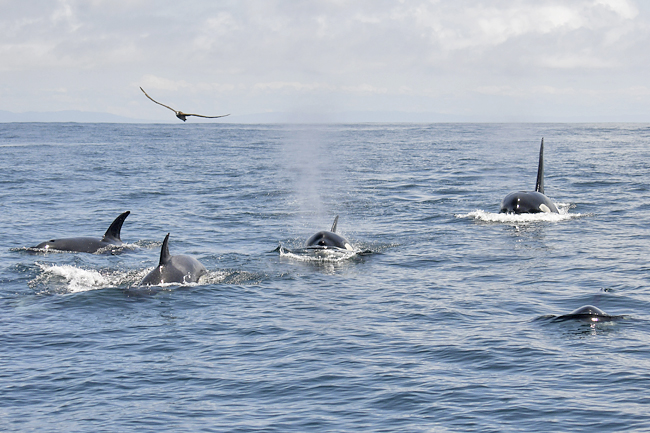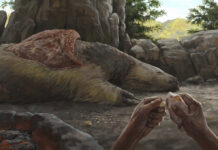THE WASHINGTON POST – In the early morning recently, killer whales smashed into a sailboat off the southern coast of Spain, puncturing its haul and snapping its rudder.
Spanish authorities raced to save the sinking vessel, according to Reuters, but it was in such disrepair it had to be towed ashore.
It wasn’t the first attack by an orca, or killer whale, off the coast of Spain and Portugal this year. And it may not be the last time one chews a rudder or crashes into a hull. Normally, killer whales aren’t considered dangerous to humans. But pods of killer whales have done serious damage to boats in the region about a dozen times already this year, according to the Grupo de Trabajo Orca Atlántica, or GTOA, a research group studying the region’s killer whales, part of a rise in attacks first observed in 2020.
Stories and videos of the attacks widely shared on social media have turned the orca into a meme. After the marine mammals struck some fancy yachts, some observers are calling the strikes concentrated around the Strait of Gibraltar, where the whales congregate in the spring and summer, an act of anti-capitalist solidarity from “orca comrades” and “orca saboteurs”. For others, the series of strikes is eerily similar to a scene in James Cameron’s latest Avatar movie, The Way of the Water.
So what is happening? The scientists studying the whales themselves aren’t entirely sure, either. But they have two leading ideas:
THEORY NO 1: THE ORCAS ARE PLAYING AROUND
Closely related to bottlenose dolphins, orcas are highly intelligent and curious marine mammals. Using a series of underwater pulses and whistles, the whales communicate with such sophistication that pods form their own dialects and parents teach their young hunting methods that are passed along for generations.

After learning a new behaviour, juvenile orcas often keep repeating it ad nauseam. (In that way, they are a lot like human youngsters). Playing around is just a part of learning how to be an apex predator.
That matches the pattern of attacks whale scientists have witnessed this year, according to Alfredo López Fernandez, a researcher at the University of Aveiro in Portugal working with GTOA.
In this case, the behavior is “self-induced,” López Fernandez said, and not caused directly by some outside (human) provocation. “Which means that they invent something new and repeat it,” he added.
But there’s another potential motivation that sounds straight out of Moby Dick.
THEORY NO 2: THE ORCAS WANT VENGEANCE
Orcas off the Iberian Coast like to follow fishing vessels to snag bluefin tuna before fishermen can reel them in, putting the aquatic mammals at risk of being struck or entangled. Scientists have seen killer whales in those waters with fishing lines hanging from their bodies.
So it is possible, López Fernandez said, an orca had a bad run-in with a boat in the past, and is now teaching other killer whales how to attack vessels as well.
In 2020, a female adult named White Gladis was spotted interacting with vessels, with several juveniles watching, he said.
López Fernandez emphasised we don’t have enough information to know the real reason behind the attacks yet. Even assuming the second theory is true, “we don’t know what that triggering stimulus could have been”, he said.
With only 39 orcas counted in 2011, the Iberian orca subpopulation is considered critically endangered by the International Union for Conservation of Nature. The impact that entanglements and boat strikes are having on all sorts of whales and dolphins around the world underscores that humans are a bigger threat to them than they are to us.
“All this has to make us reflect on the fact that human activities, even in an indirect way, are at the origin of this behaviour,” López Fernandez said.



















































